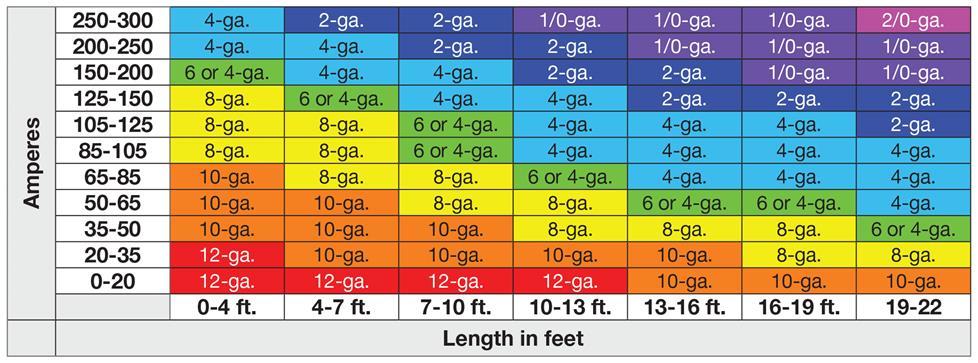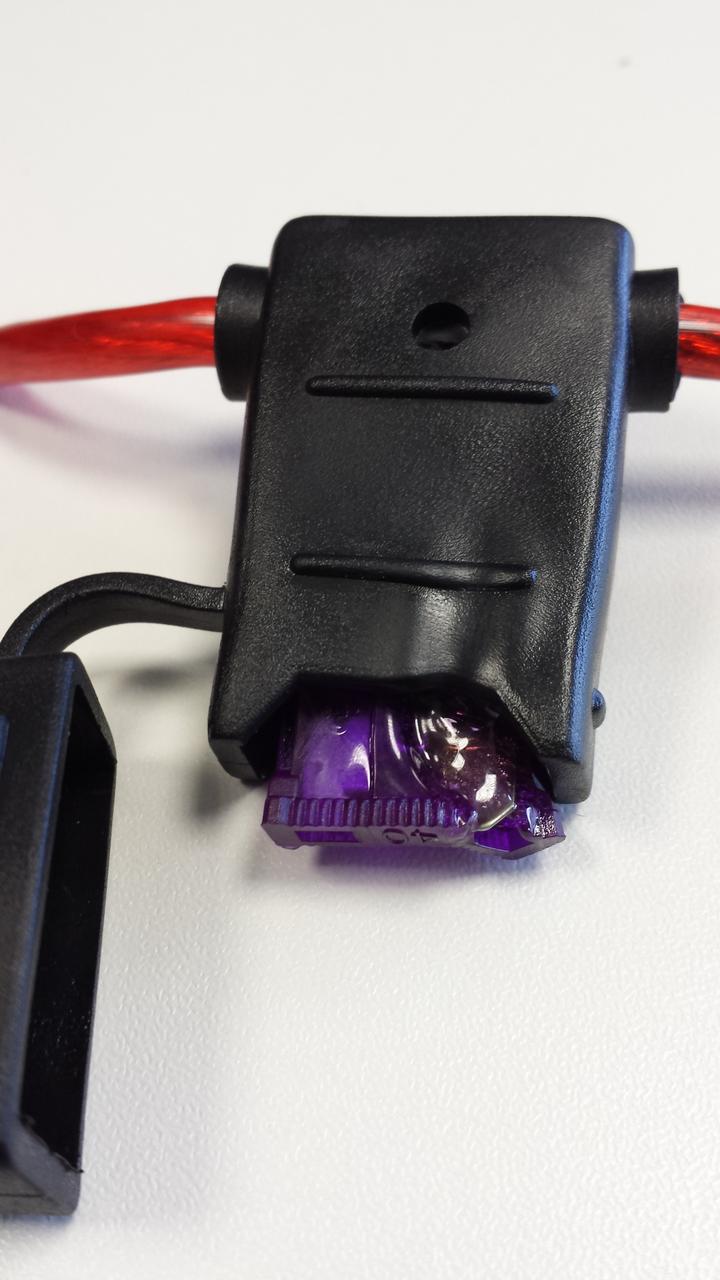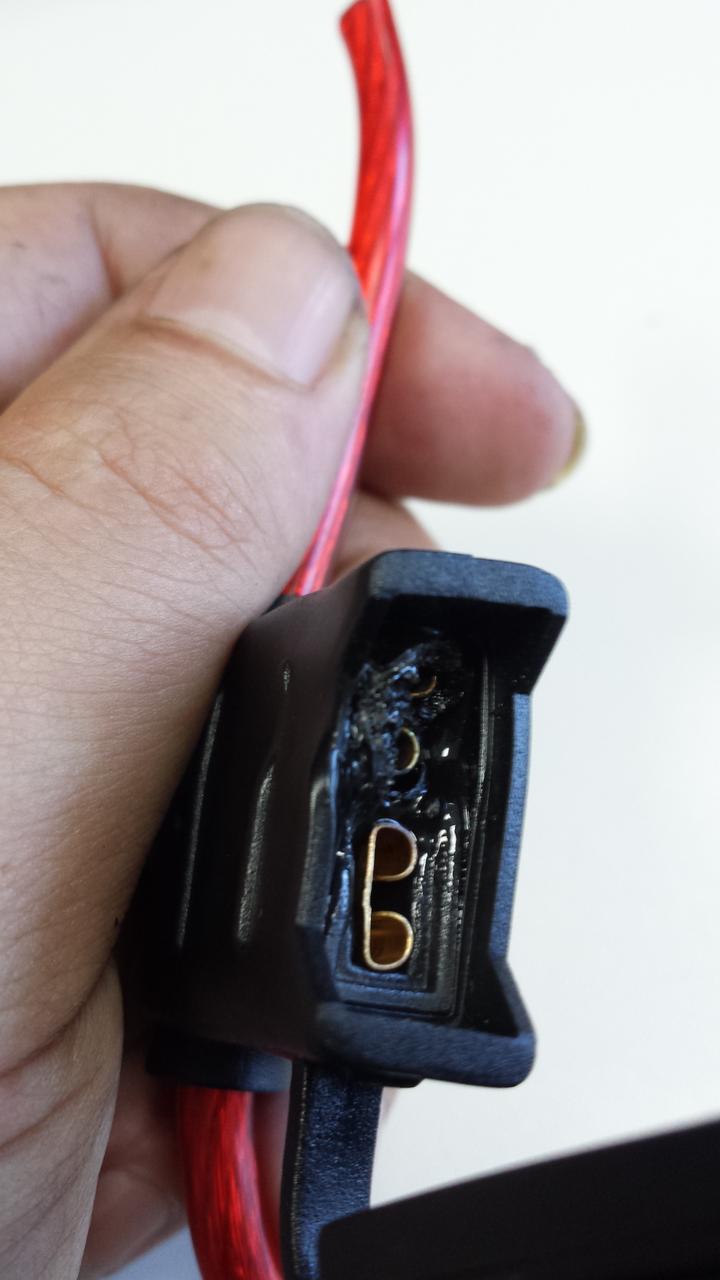The Importance of Checking Amplifier Cables Regularly
I have a couple of aftermarket amplifiers in my car. I spend a lot of time in it, so felt it was worth the effort needed to improve the audio system.
Both amps have a dedicated lead running to the battery (each with an appropriately rated fuse just after the battery), though they share a ground point (to minimise the potential between them and avoid ground loop noises).
From that description, all should be good and safe right? Wrong. Luckily I caught it before it developed into anything more serious, but this post is to demonstrate why it's important not to let yourself get complacent. Check your wiring regularly.
We're going to ignore one of the amps for now, and just focus on the one that was affected.
I mentioned earlier that the power supply cable had an in-line fuse near the battery. It's a moulded type fuse-holder (I'm not a huge fan of those at these currents anyway), fitted by the cable manufacturer, still containing the fuse that they installed (a 40 amp fuse). Essentially, it's one of these (may not be that exact one, I can't remember, though the manufacturer is correct). It's been in the car a few months, and was bought brand new.
It's 10 Gauge cable, with a length of about 6ft, so using the following table we can see the rated capacity

So the cable should be fine to carry up to 50 Amps (though you probably wouldn't want to push it that far). Fuse is 40 amps, so the fuse should go before the gauge of the cable becomes an issue.
So, outside of edge cases like the cable getting severed or stripped between battery and fuse, we might feel that we can assume the cable shouldn't pose any safety issues, so long as the insulation isn't getting warn away by poor fitting.
Unfortunately, that (logical IMO) assumption isn't actually true.
I checked my cable the other day, and there's definitely an issue (images are clickable)
It's not immediately obvious in the images, but for avoidance of doubt, that fuse hasn't blown. It's still got continuity, and not because it's melted itself back together.
What has happened is the current has started to etch away at one of the fuse-blades. The heat has also melted and warped both the fuse and the fuse-holder.
The fuse itself hasn't blown, so the current was almost certainly under the rated capacity of the factory fitted fuse. The fuse blade slots tightly into the fuse-holder's contacts so there shouldn't have been any reason for current to arc across to the fuse - connectivity should always have been good.
I noticed the issue because I noticed the far end of the cable (i.e. 6ft away) was hot to the touch, so I started tracing back. I could just have easily have found out because it started a fire, and given the massive deterioration already evident on the fuse blade, resistance was only going to increase further as time went by,
Apart from (luckily) noticing the heat from the cable, there was no other sign nor warning that this was happening.
The Setup
The amp itself is a FLI FL-800.4-F1 running 2 front channels (each a 6" Vibe Slick Coaxial - so 4Ω), with a sub bridge across the rear channel.
From the amp's specs, we can see the RMS usage would be
- Front: 2 x 80w
- Rear: 200w
To account for amp inefficiencies we double the number, and then to calculate the draw divide by average alternator voltage (13.8v): 2(160 + 200)/13.8 = 52.17A
This is actually higher than rating for a 10 Gauge cable.
When I installed that amp, the shop only had 10 gauge available and I was running stock speakers which didn't have as high a draw, so I used it as a temporary measure (and didn't get around to changing it).
Part of my assumption was that the fuse would blow before I started approaching the limits of the cable - the fuse is after all rated for just 40A compared to the cable's max capacity of 50A.
That said, the calculations above are actually overly liberal compared to real usage (the amp is obviously not that inefficient). Using a clamp meter just after the battery, I observed the following peak draw
| State | Draw (A) |
|---|---|
| Ignition Off | 0.1 |
| Ignition On, No music | 0.8 - 1 |
| Usual driving volume | 13 |
| Maximum volume | 25 |
The test audio being the heavier section of Trivium's In Waves. Load obviously spikes up and down quite a lot, and will vary between tracks but it's the most power intensive track I found out of those in my usual playlists.
A draw of just 25A would explain why the 40A fuse hadn't blown, though it does add to the serious concerns about the quality of that fuse holder.
Conclusion
The amperage pulled by a car amplifier is no joke, and is still just a fraction of the current that your battery can push (given the opportunity). That your amp is working doesn't mean nothing is going wrong, and failures can easily lead to fire (or "just" a battery explosion).
I technically used an underrated cable (even if not at first), though the fuse should (and I believe would) have protected me before I reached the expected/rated capacity of the cable.
As far as I can tell from the way it's degraded, it's the connections within the fuse holder which have led to this issue.
Visually check your cables (and particularly connections) regularly for signs of failure and overheating, and try to avoid cables with inline moulded fuse holders as you cannot easily see the quality of the connection made to the fuse itself. There may be no other sign, I certainly didn't smell any burning plastic and the amp kept working as normal.



